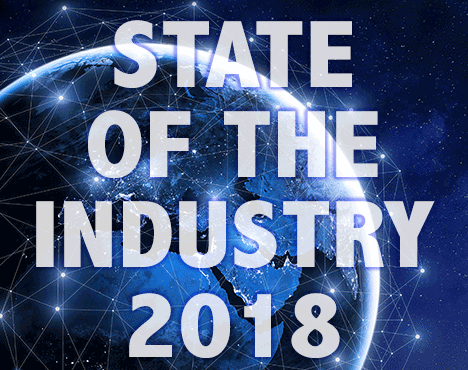Many industry leaders answered key questions about the pump marketplace in 2017. The Pumps & Systems editorial team selected excerpts from their responses to help you prepare for the new year.
01/22/2018
Editor's note: For more content from selected industry leaders, click on the orange highlighted names below.

 See more of our State of the Industry 2018 coverage.
See more of our State of the Industry 2018 coverage.